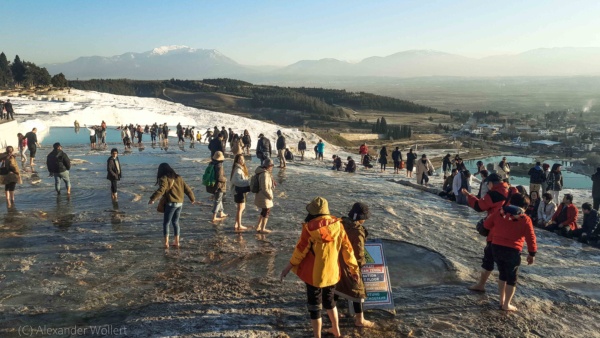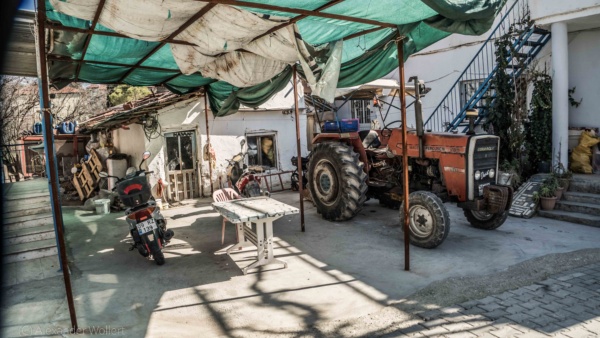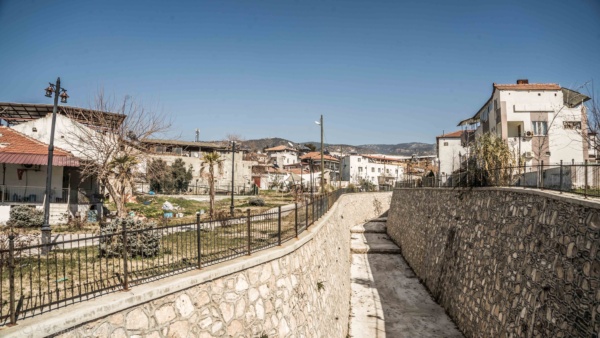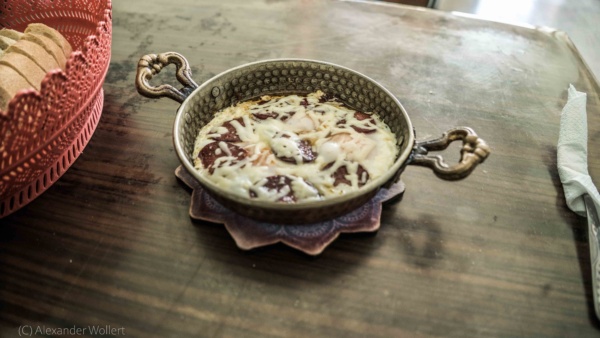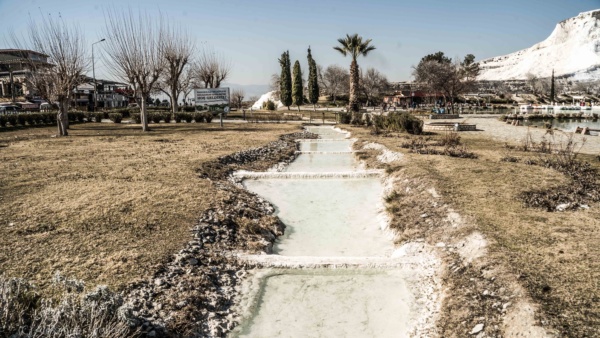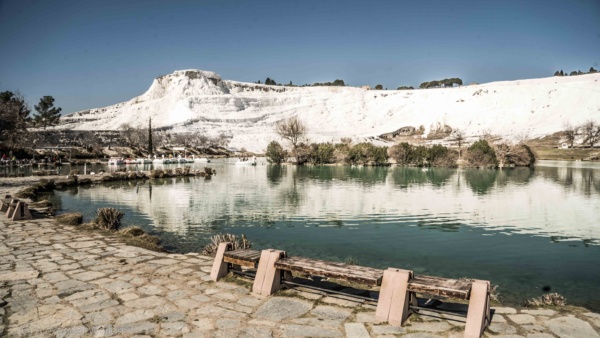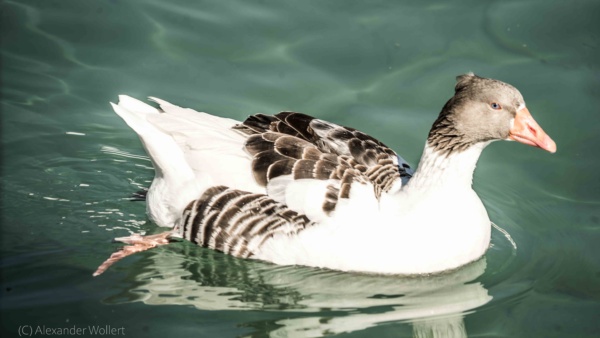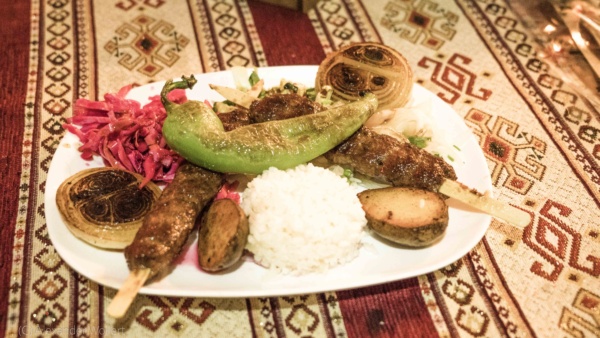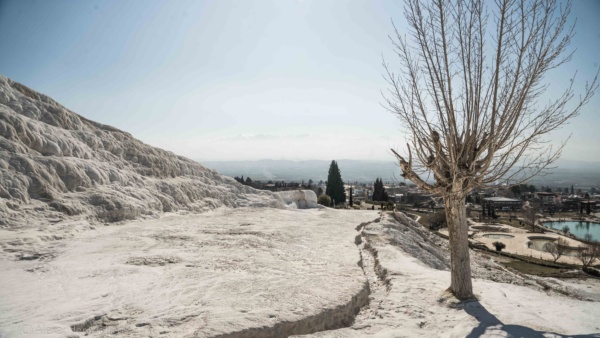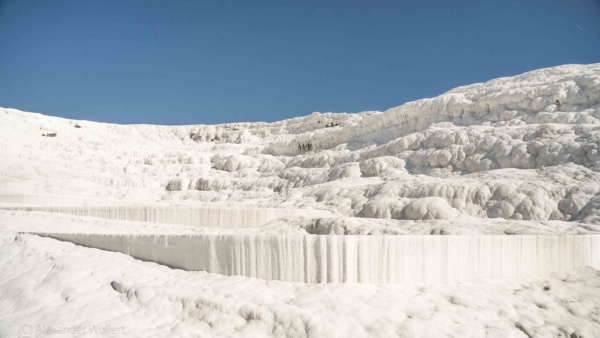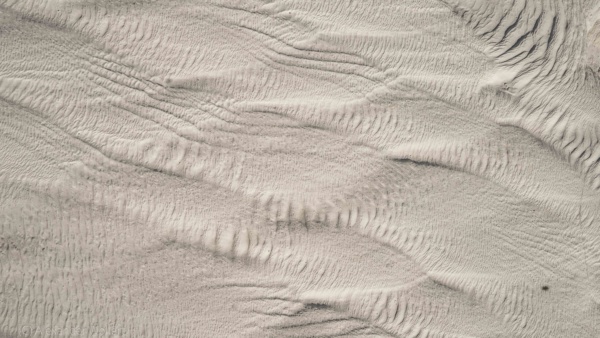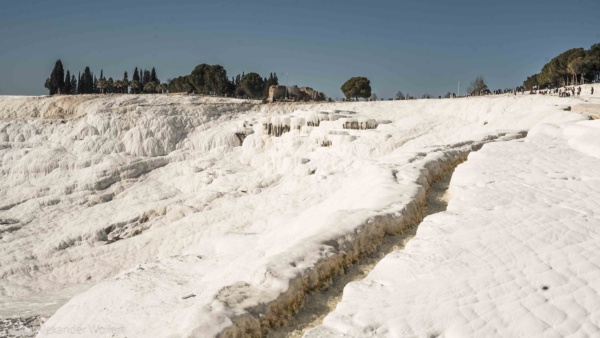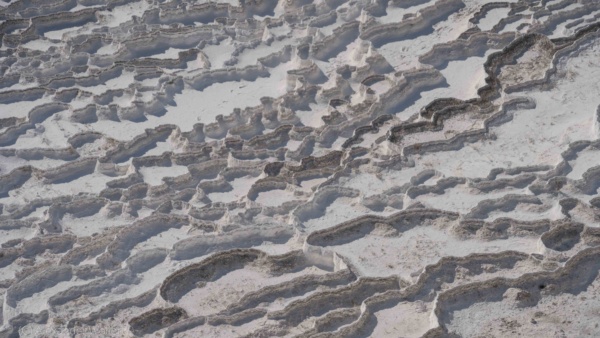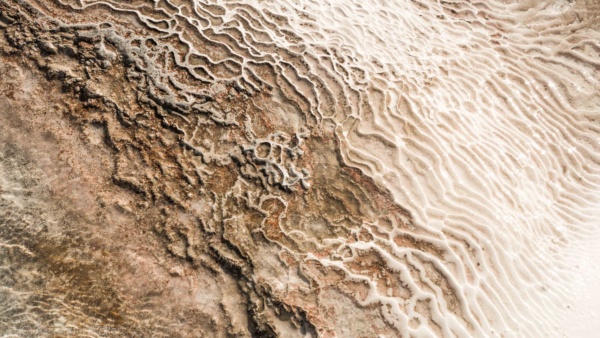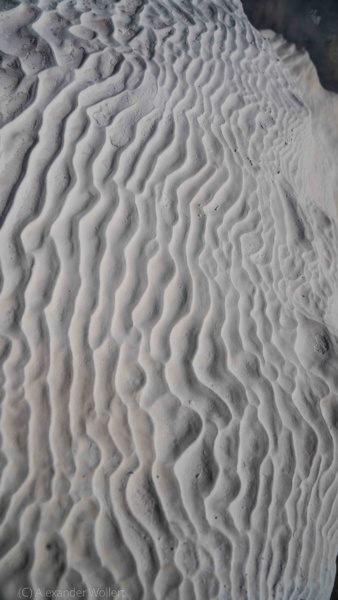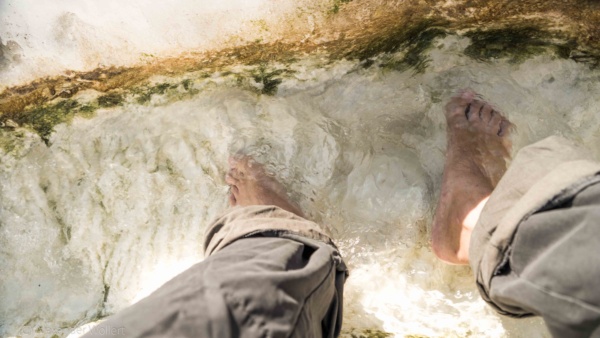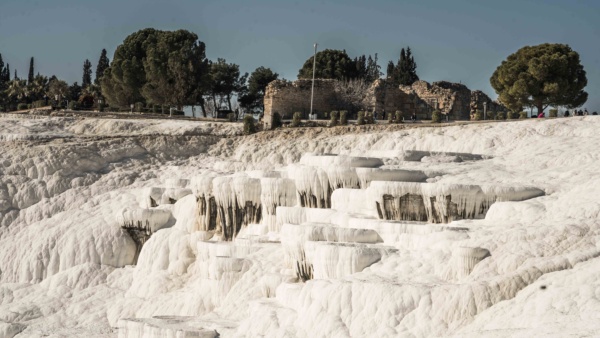Diary Entry
Antalya’s bus station resembles the terminal of a run-down spaceport. With a surprisingly comfortable long-distance bus with an entertainment system in every seat, I drive from our whereabouts in Antalya to the big city of Denizli. There I have to get on a minibus that will take me to Pamukkale. I’m the only foreigner on the bus.
Tourists are usually chauffeured there by caravans of huge air-conditioned coaches from all the country’s hotel resorts.
Pamukkale is famous for its Calcium Terraces and the ruins of Hierapolis. A must-visit tourist magnet, but I’m hoping to have the place to myself at this time of year. i’m so naive
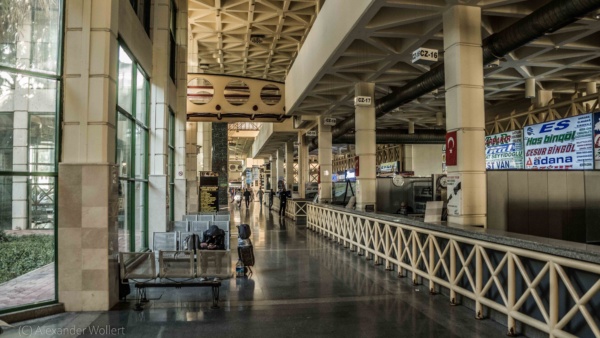



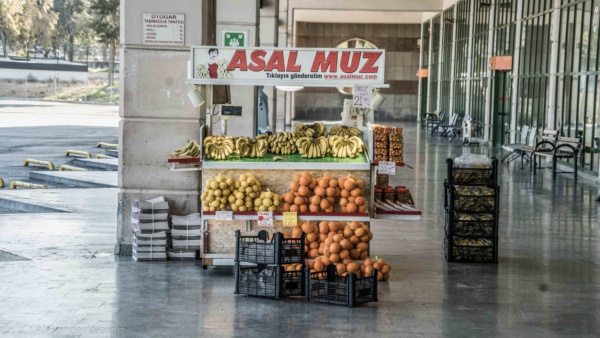





The town is small and quiet. It’s winter and there was a lot of snow on the route through the Taurus Mountains. The shops and restaurants are closed. Only in the center of Pamukkale do I see a few open inns. Men call me the usual “My friend. Where are you from?” to. Every man starts the conversation the same way. Every man has been to Germany or has relatives there. Every man can speak German with me.
I would love to interact with people more, but I always get the same half-hearted tourist program. At least one man speaks to me about the cataclysmic earthquake that left thousands homeless and dead in the past week.
In contrast to stories from others, I have never encountered much Turkish warmth. So far I’ve probably been in the wrong areas for that. So far I have only gotten to know the big cities of Istanbul, Izmir and Antalya.
At the same time, a special melancholy seems to prevail over the country. And that’s no wonder. Two earthquakes within a few days destroyed numerous cities on the border with Syria.
Waves of refugees from these areas are seeking shelter in the western part of the country.
Only shortly before, numerous refugees from Ukraine came to Turkey. Before that, the country suffered from severe inflation, which caused the lira to continue falling every day. This happened during the corona crisis, which had a very high mortality rate in Turkey and was countered with strict curfews. And before that, Turkey was rocked by an alleged coup and bombings in Istanbul. All of this within a few years.
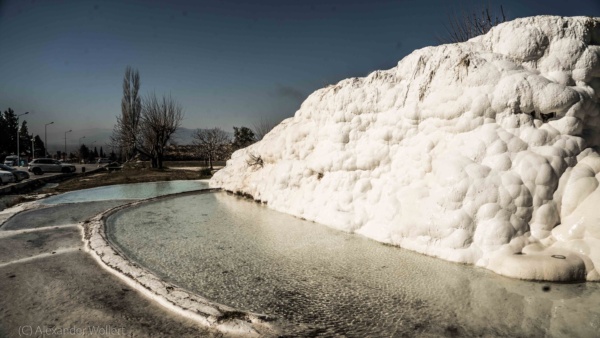

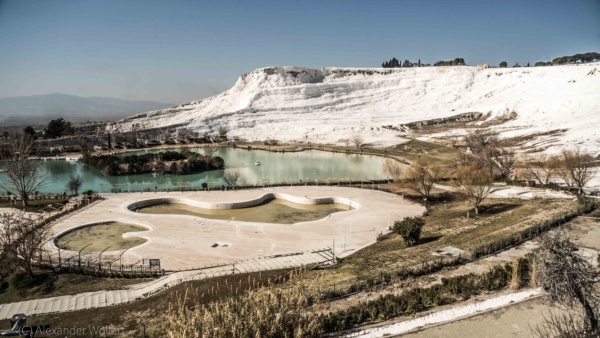

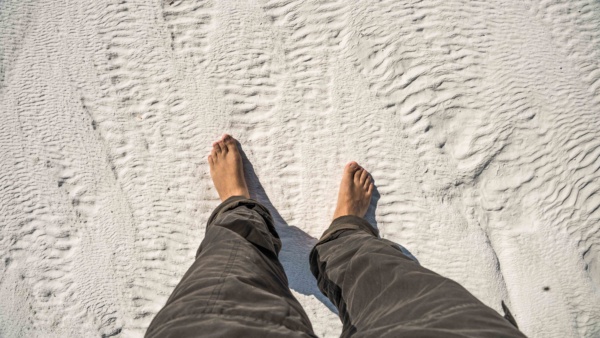

It’s only afternoon and I’m planning my visit to the Pamukkale complex for tomorrow. That’s why I eat comfortably and stroll through the city. Sucuk, olives, doner kebab, kofte and ayran: the food is good. I especially enjoy the tea culture. I get a small black tea on every corner, be it in the restaurant, on the street or on the bus. A small niche between houses is enough to put a samovar and a few stools there and invite you to linger. At this cold time, the tea tastes all the better.
The town is so small that I decide to climb up the mountain and use the setting sun for nice photos. The word “Pamukkale” means “cotton castle” because the calcium formations look so fluffy.

Admission costs the equivalent of 10 euros and includes the fluffy fortress and the ruins of the ancient Greek city behind it. The limestone is white, like snow. If there were snow here, you wouldn’t see any difference. The stone is also as cold as snow.
Because from the point where the path merges into the limestone, everyone has to walk barefoot. It’s definitely fun in the summer, but now in February it’s pretty chilly with an outside temperature of 4 degrees Celsius. But what does an adventurer do with cold feet?

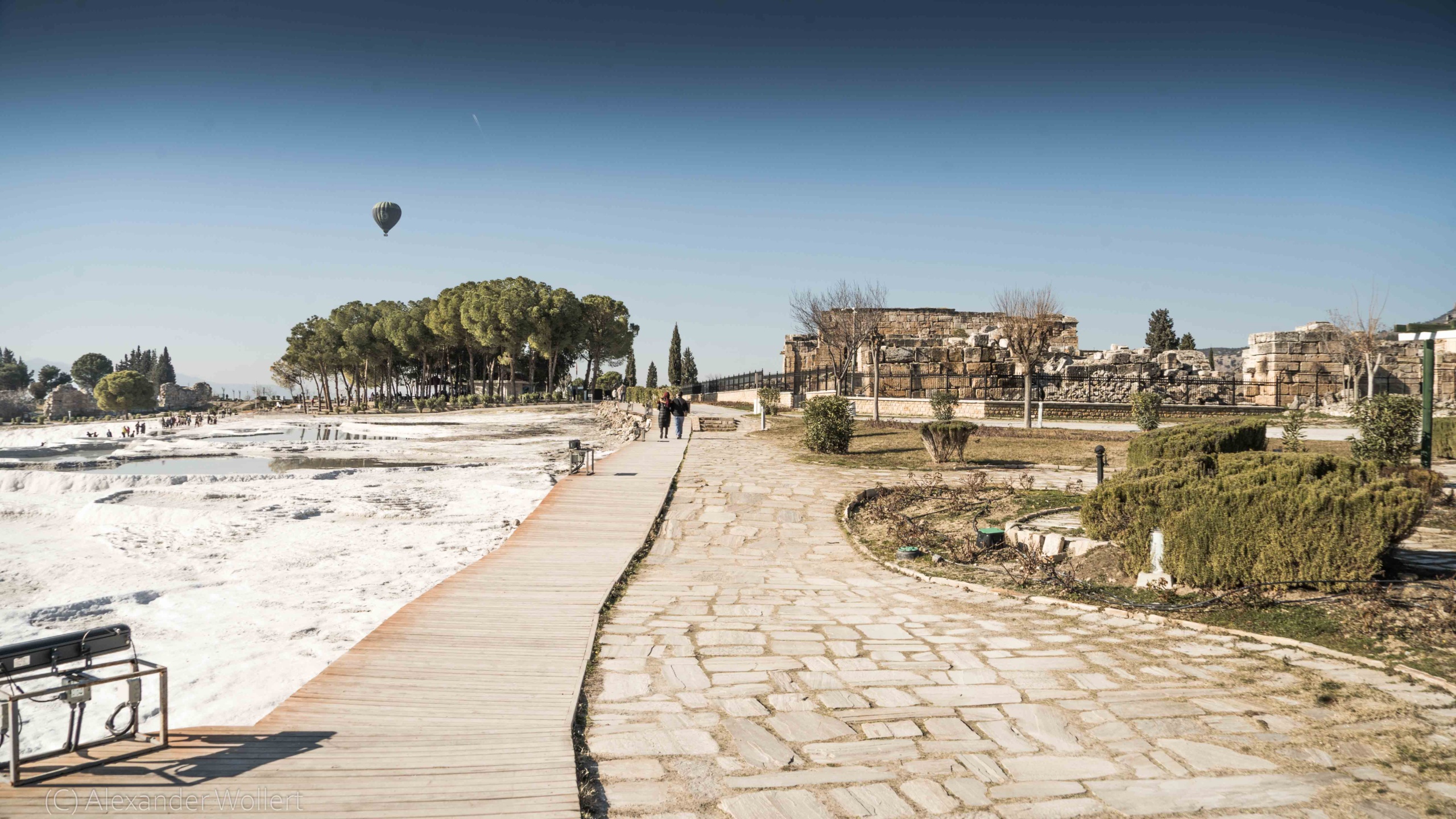
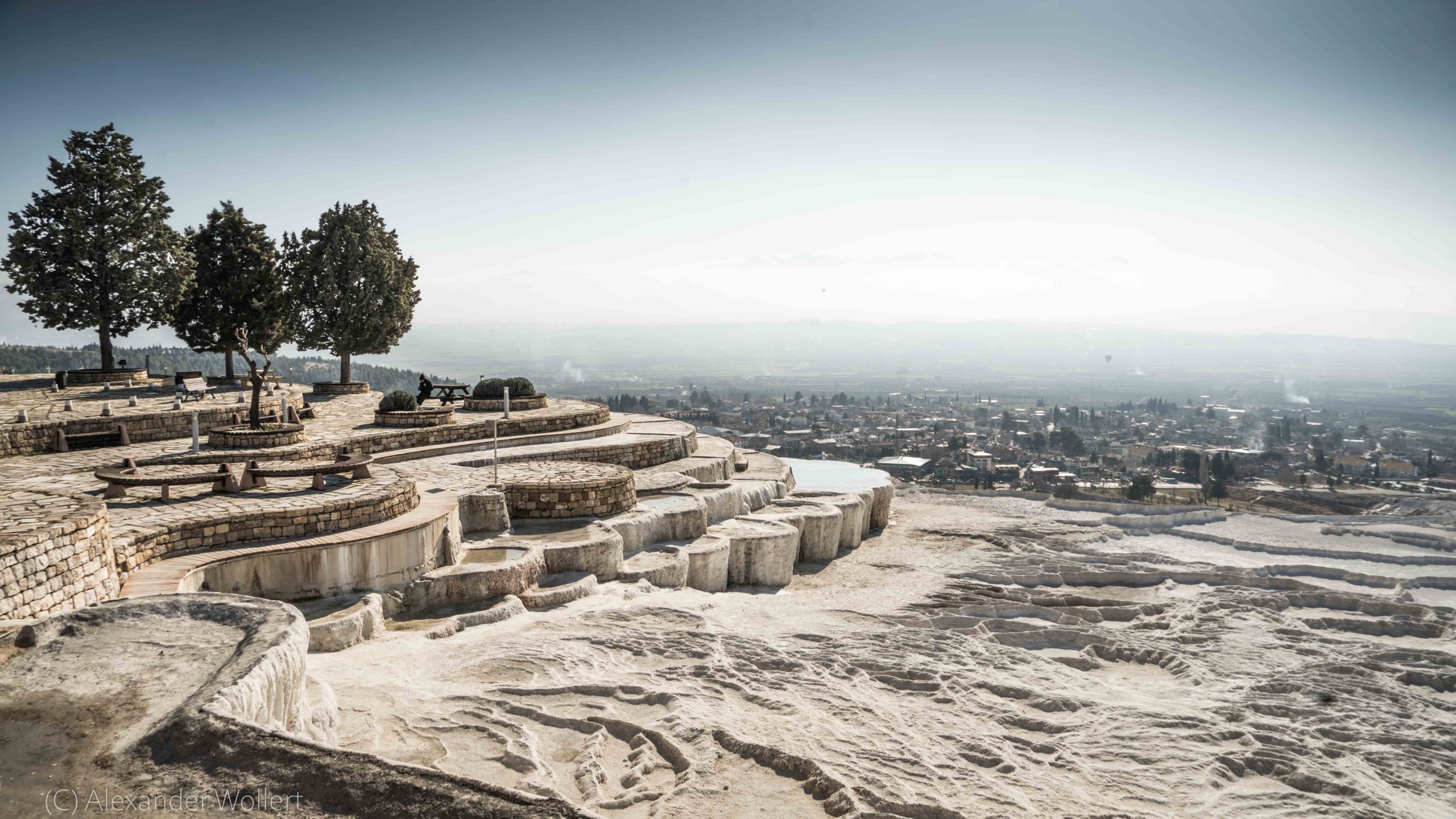
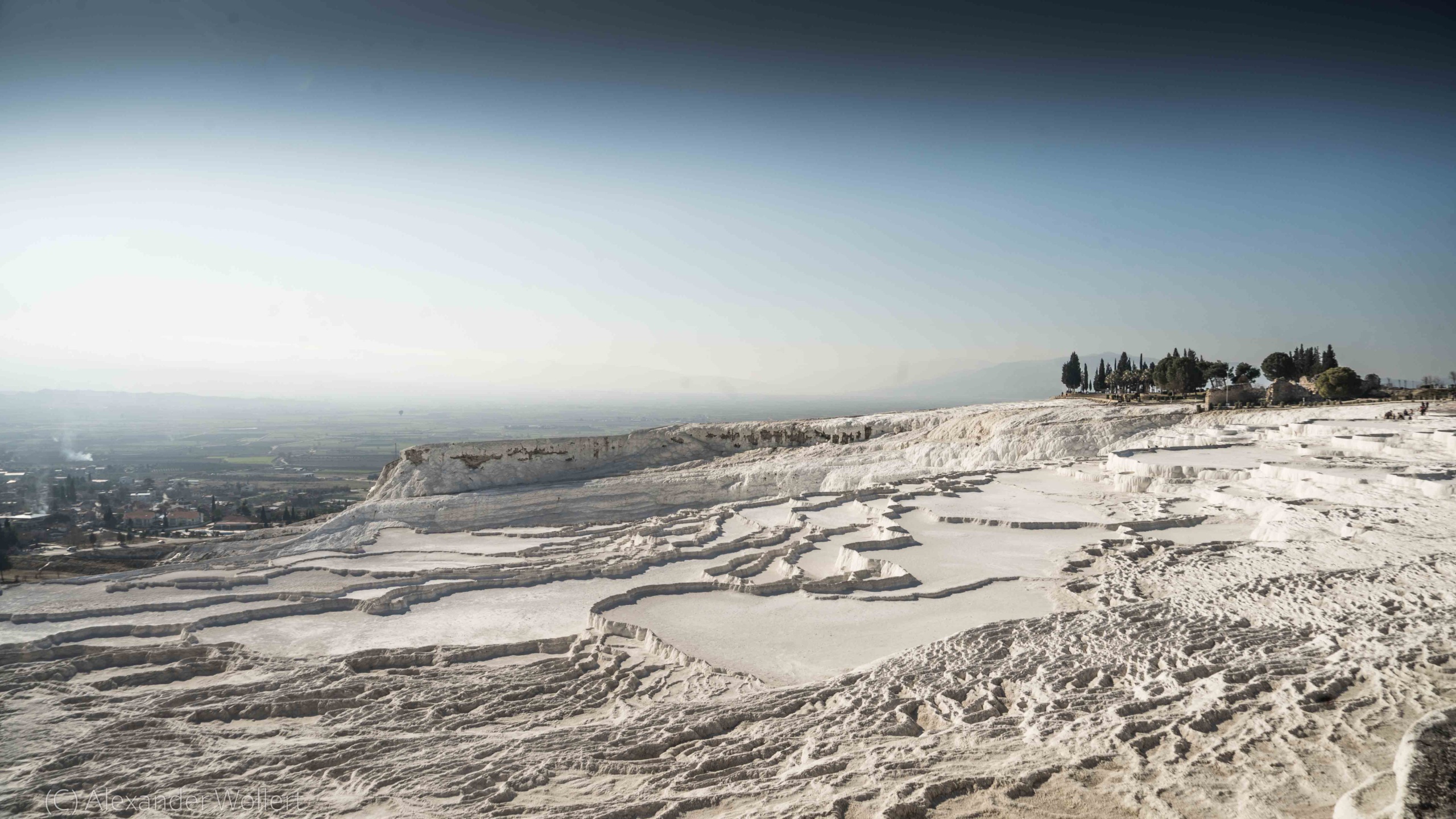
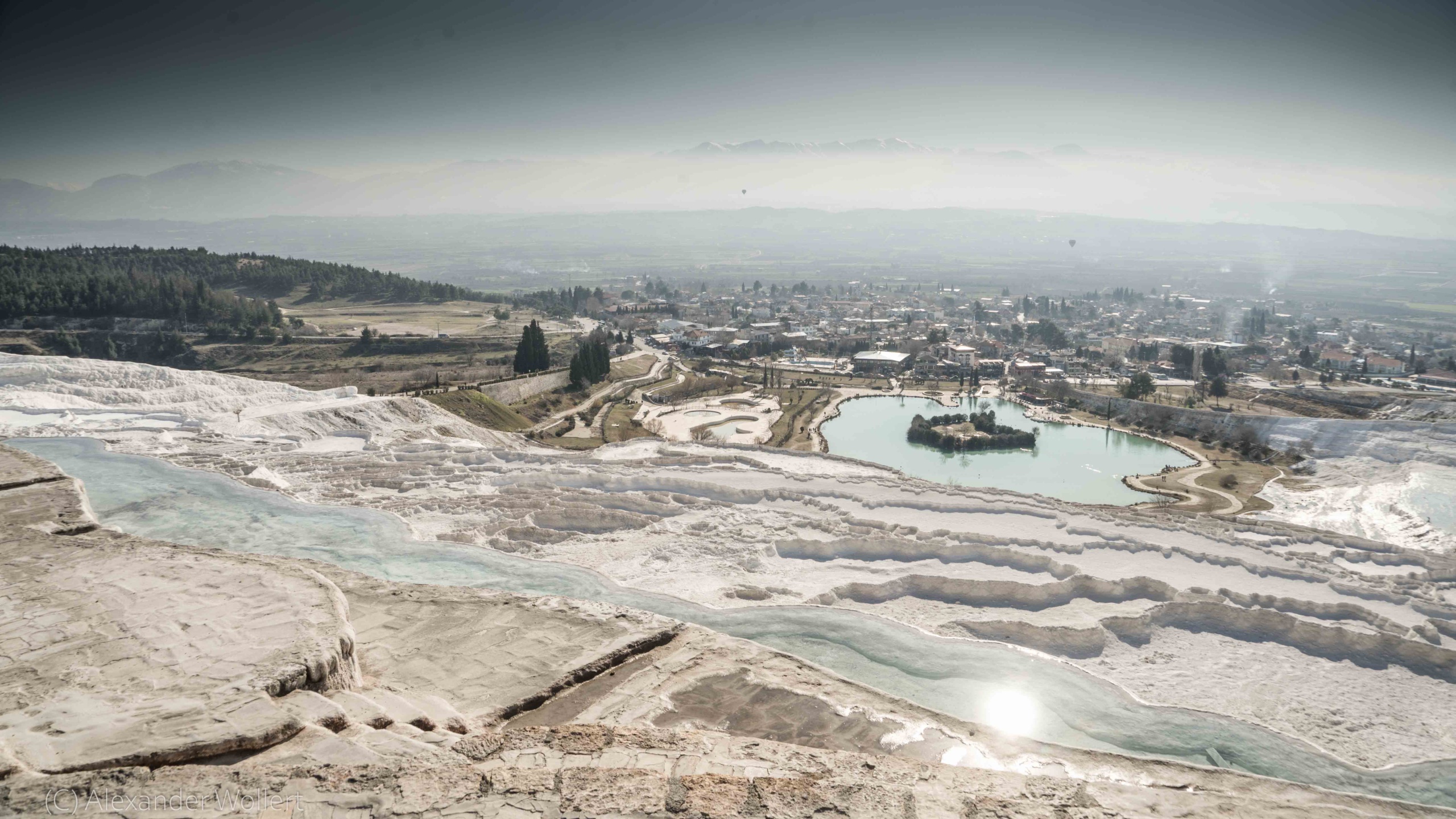
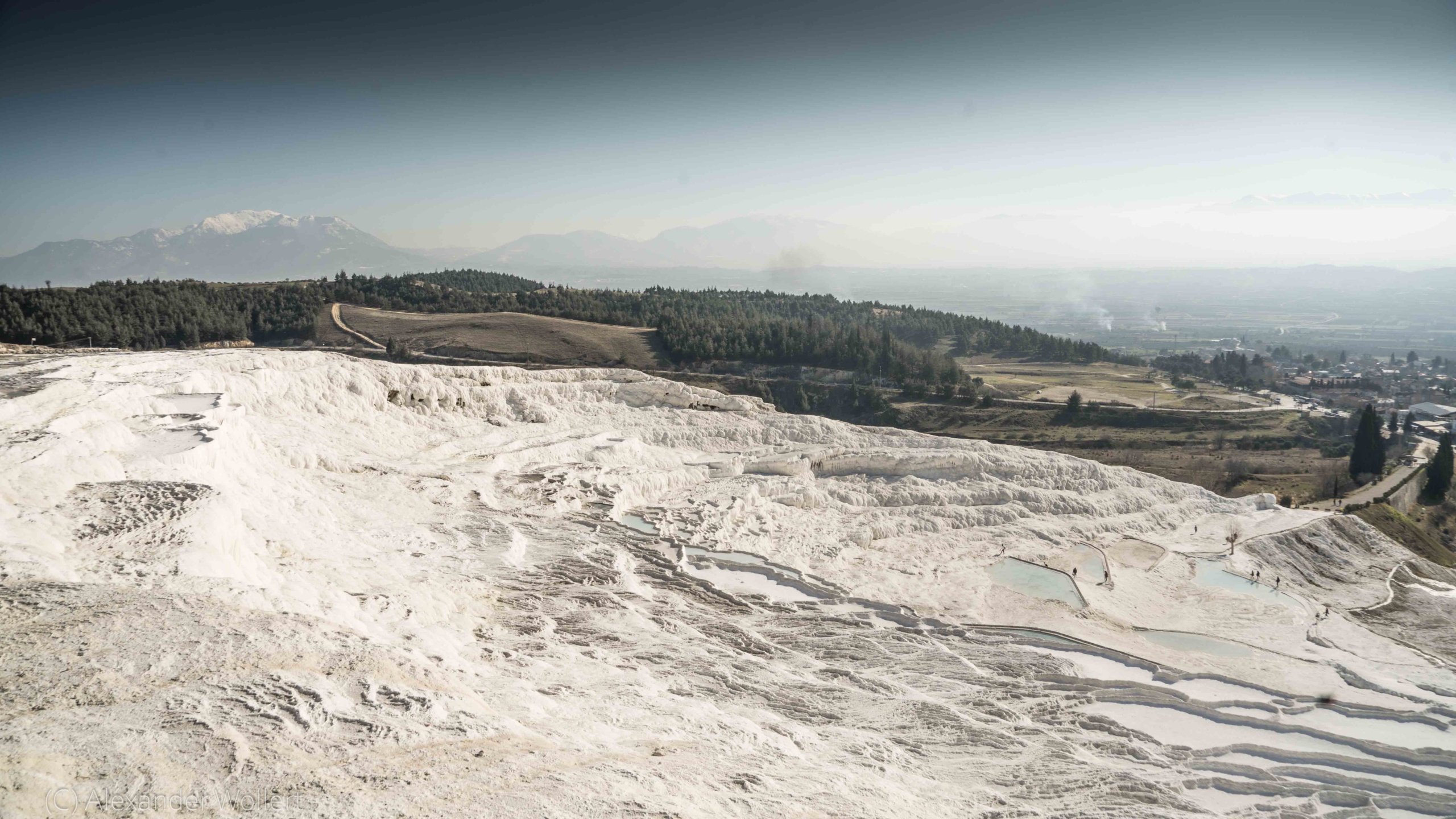

On the way up to the snow-white cotton castle I pass the famous water-filled terraces. It must be really nice after it rains and all those pools are filled. The view is gorgeous. The view extends across the valley to the nearest mountains, which are high and snow-capped. In the meantime, individual hot-air balloons are rising in between.
The water from the hot springs of the mountain runs down into the valley via small channels. The further I climb, the warmer the water gets. This is good because it allows me to save my feet from certain frostbite and let them thaw out with the beautiful view in front of me. Then it goes further up and then I’m already standing barefoot in the hot water on the battlements of Pamukkale – and in the midst of hundreds of tourists, mainly Asian, who have been brought to the north entrance of the complex by coaches. It’s February and midweek. I don’t want to know what’s going on here on a weekend in June.
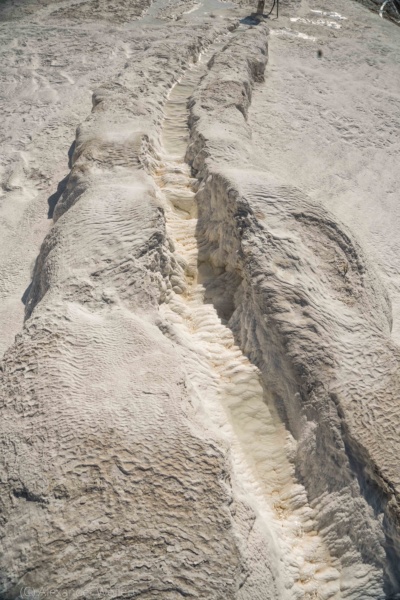



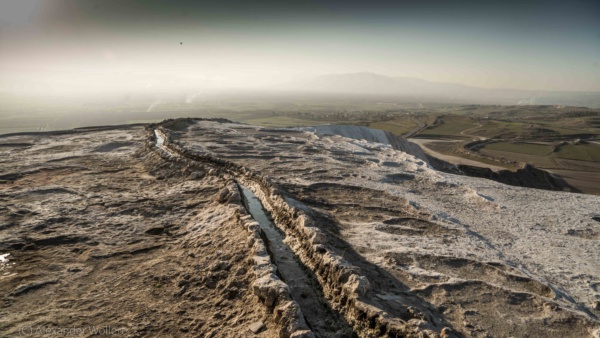

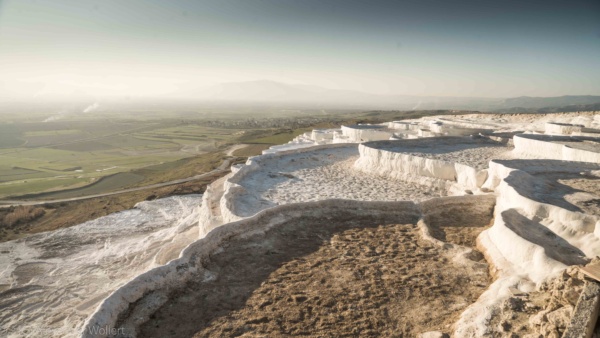

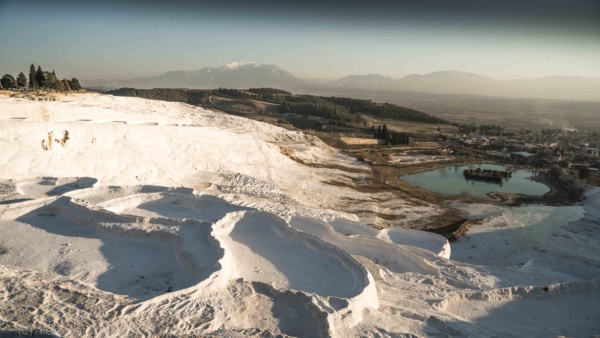



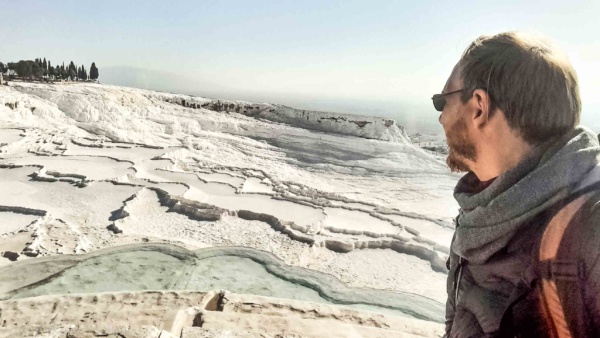

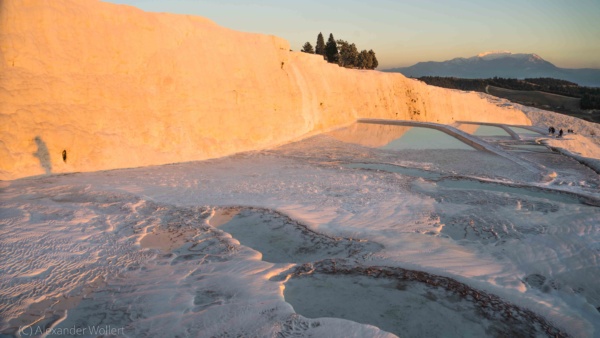



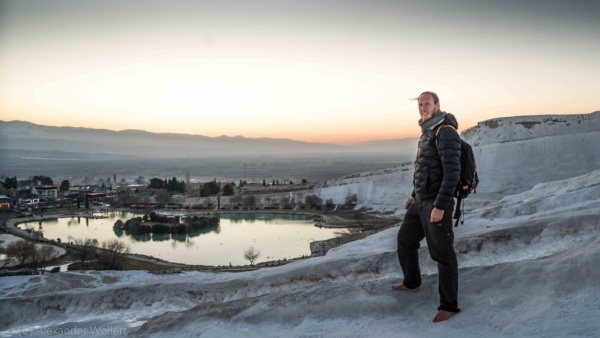

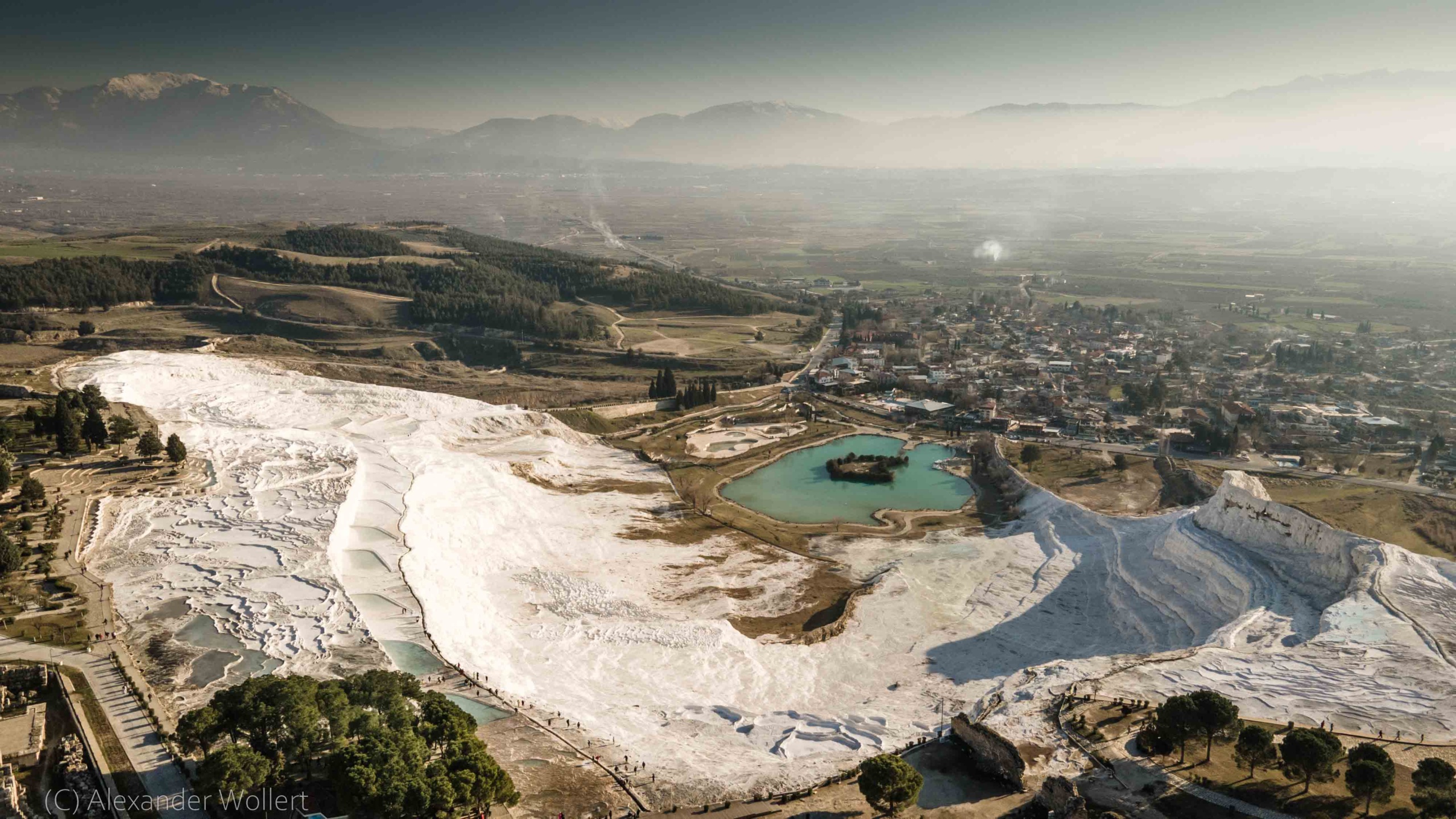
As long as the tourists gather at this point I have a good chance for photos without people in the other direction. Then I dedicate myself to the Hierapolis, the “Holy City”. Even though there has been a temple here since the first people, the Greeks are already building a tourist paradise here. There were public baths, a big theater and certainly casinos and nightclubs.
Today only the theater is still well preserved. Although according to the chronicles the city survived all the wars between Greeks and Romans as well as Byzantines and Ottomans, it was repeatedly destroyed by earthquakes. A fate that runs through the history of the region.
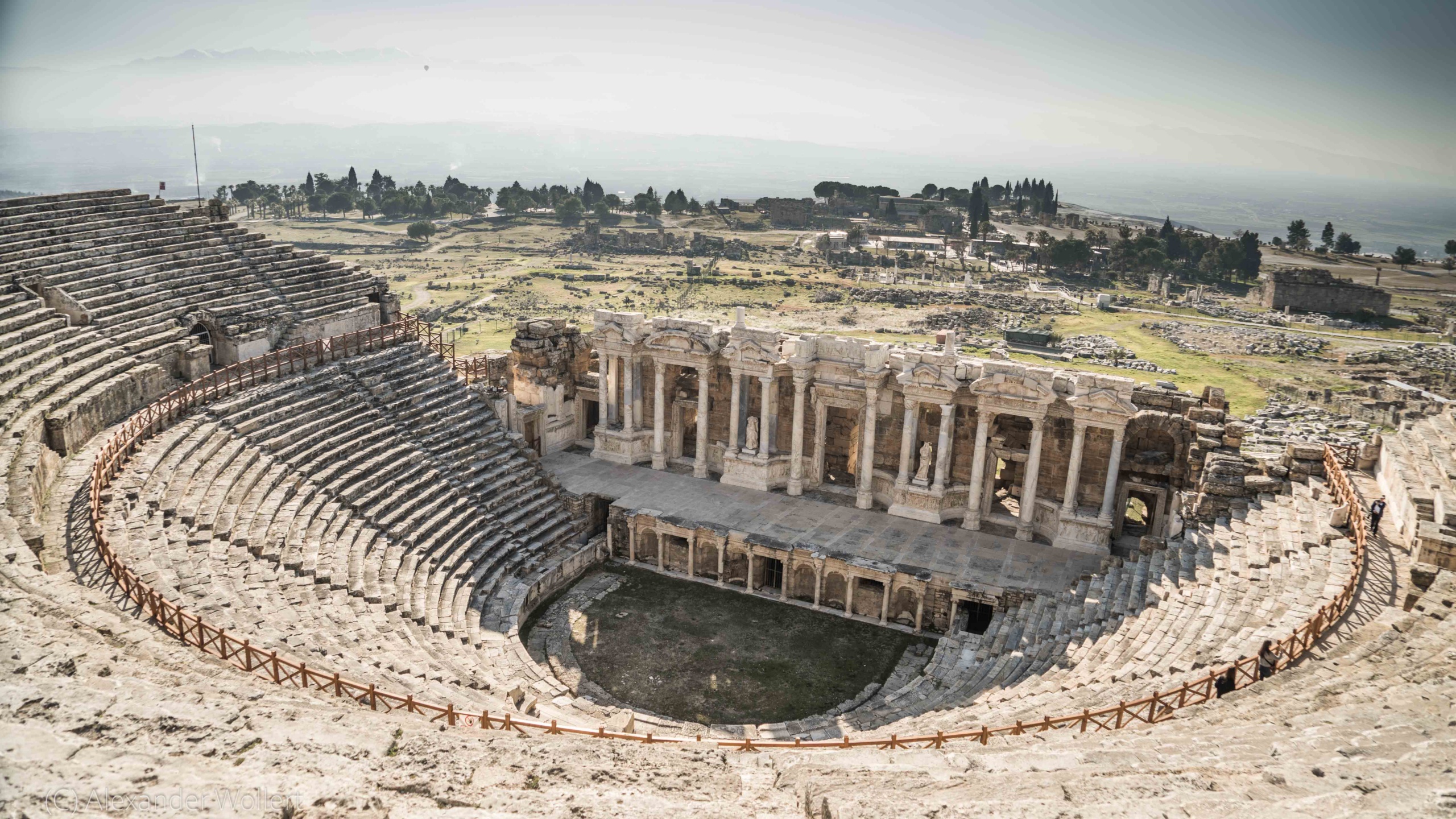
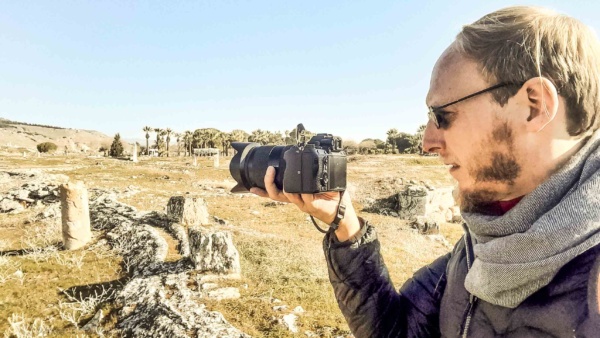
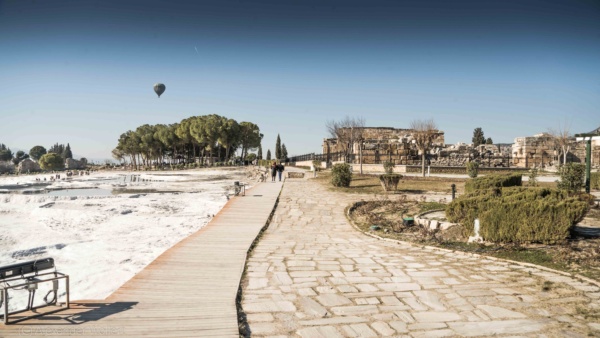
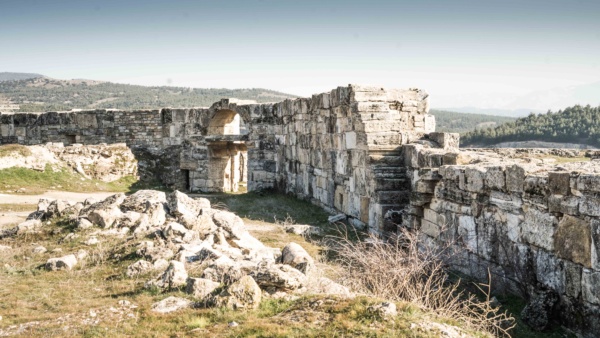
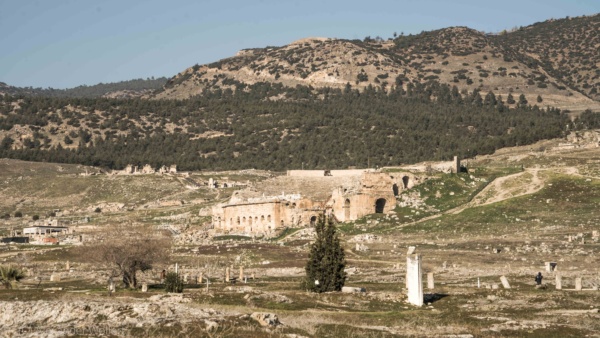
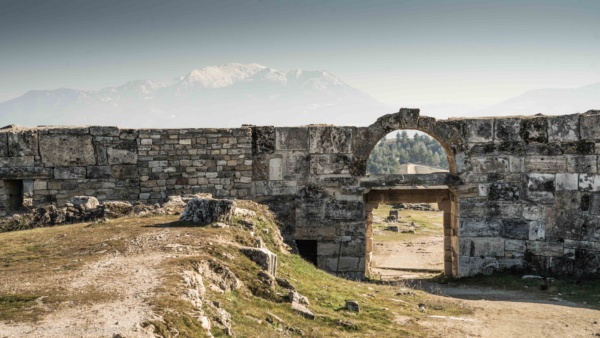
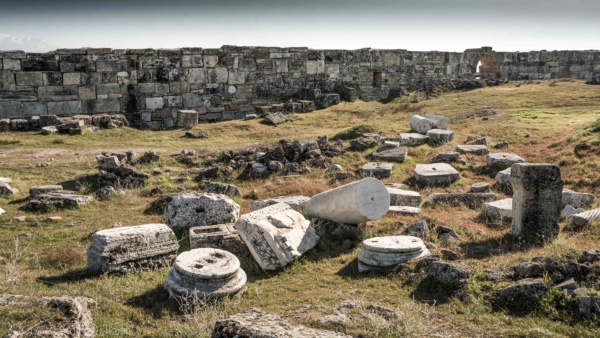
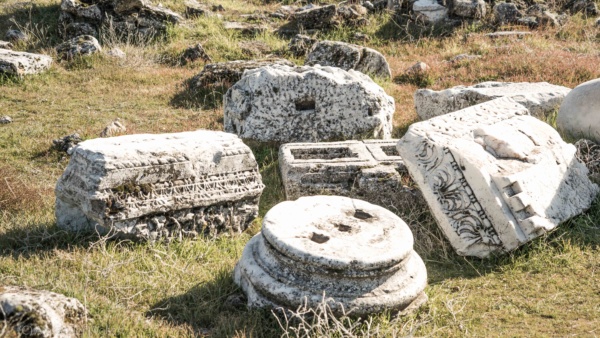

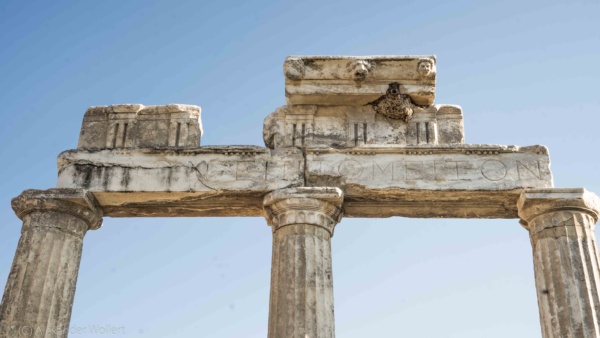
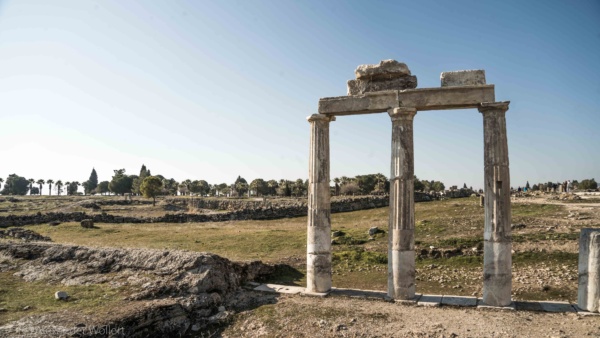
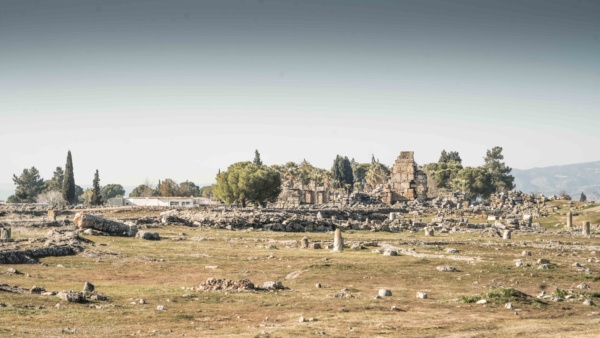
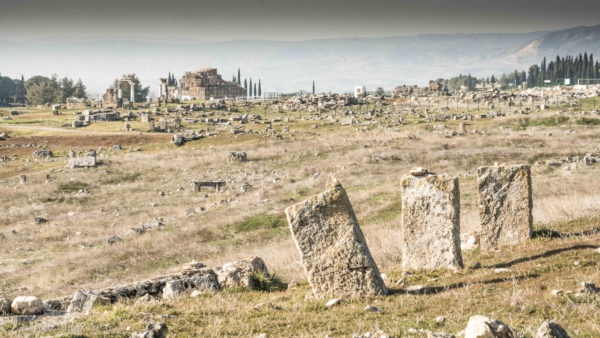
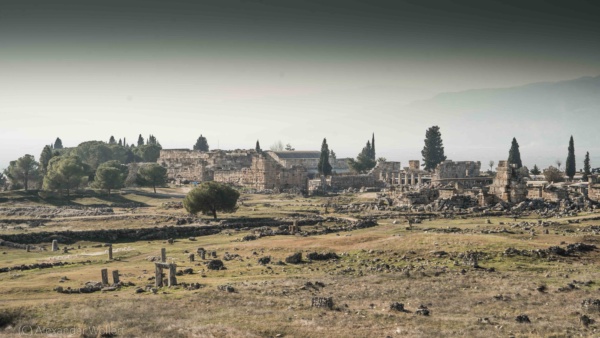
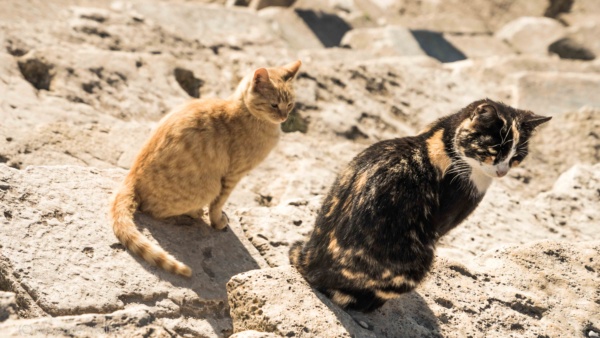
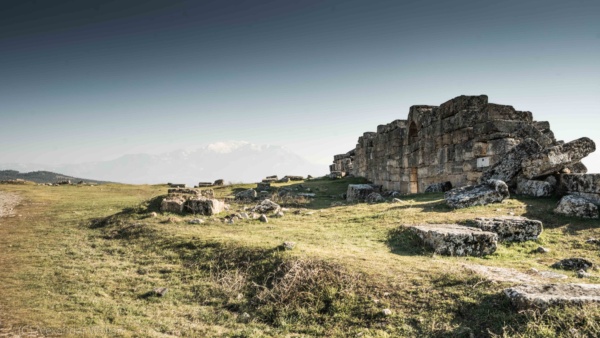
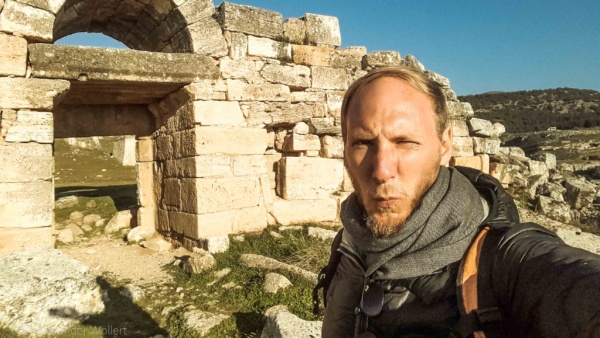
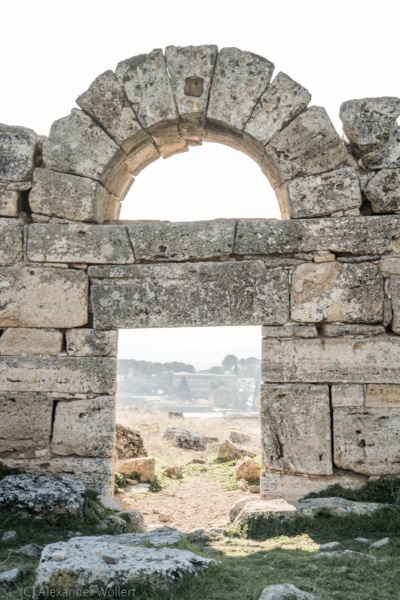
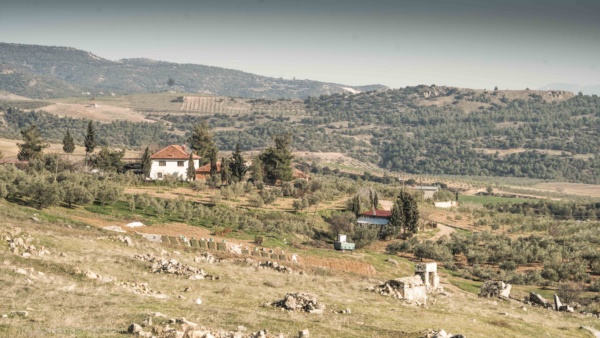
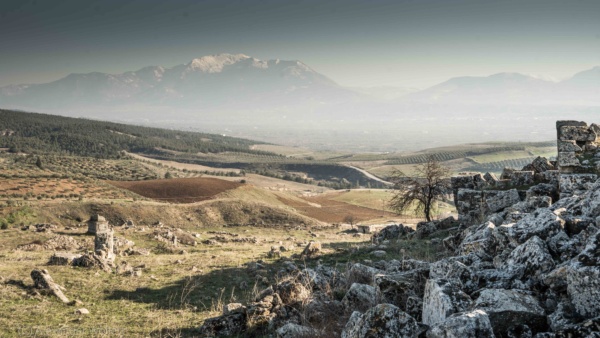
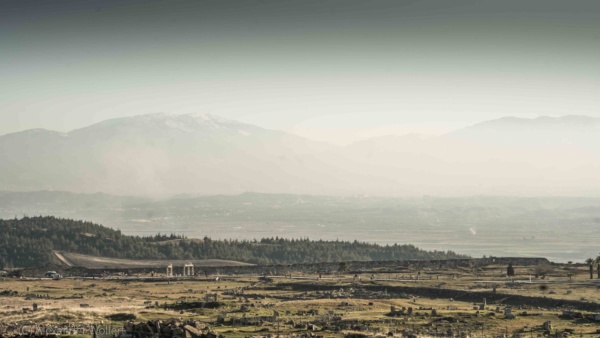
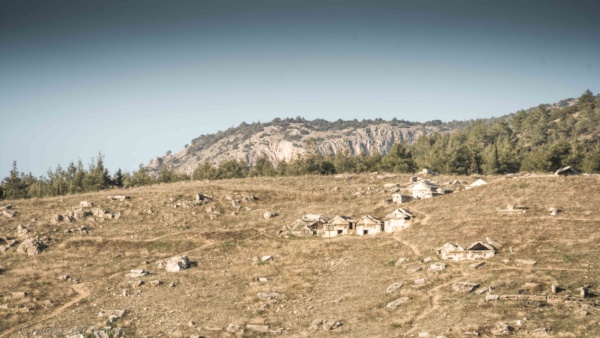
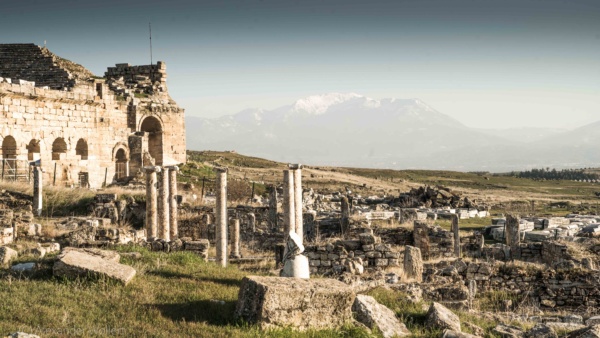

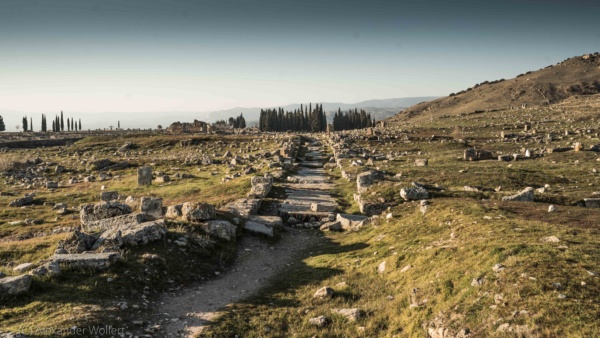
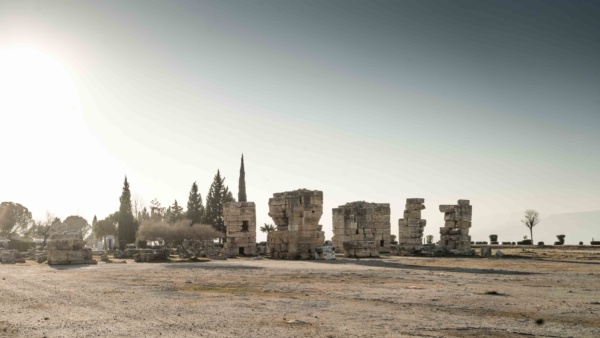
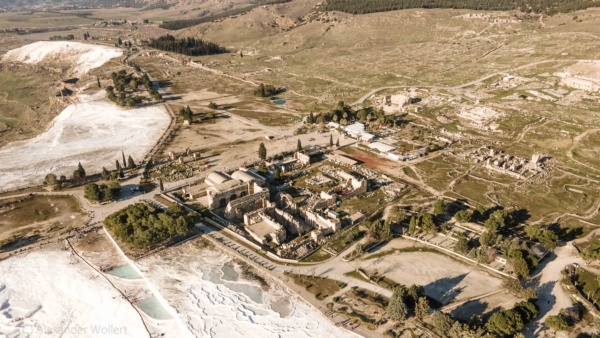
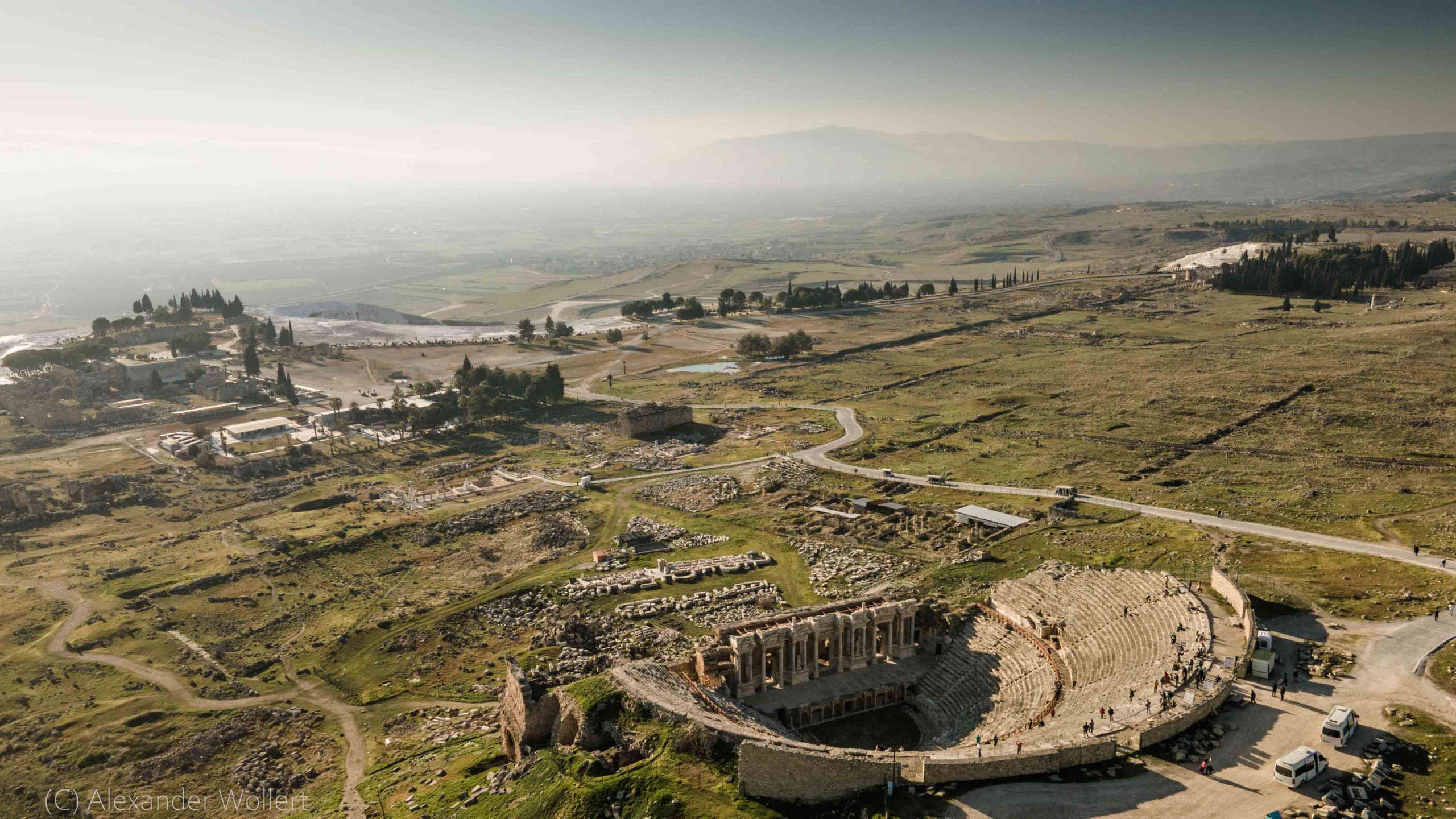
To my surprise I hear Spanish around me and I strike up a conversation with Danila and Alejandra. The woman and her daughter are very pleased when I tell them that a week ago I was still in warm Medellin and they are amazed at my story about the trip to South America.
At sunset I get very nice photos, despite the crowds of tourists. I don’t know where all these people are going.
The coaches are probably bringing people back to the big cities, because Pamukkale is deserted again as soon as I walk through the streets in the dark and hear the familiar “My friend! Where are you from?” welcomes me.
At sunrise I take the bus back to the coast and to Antalya.

